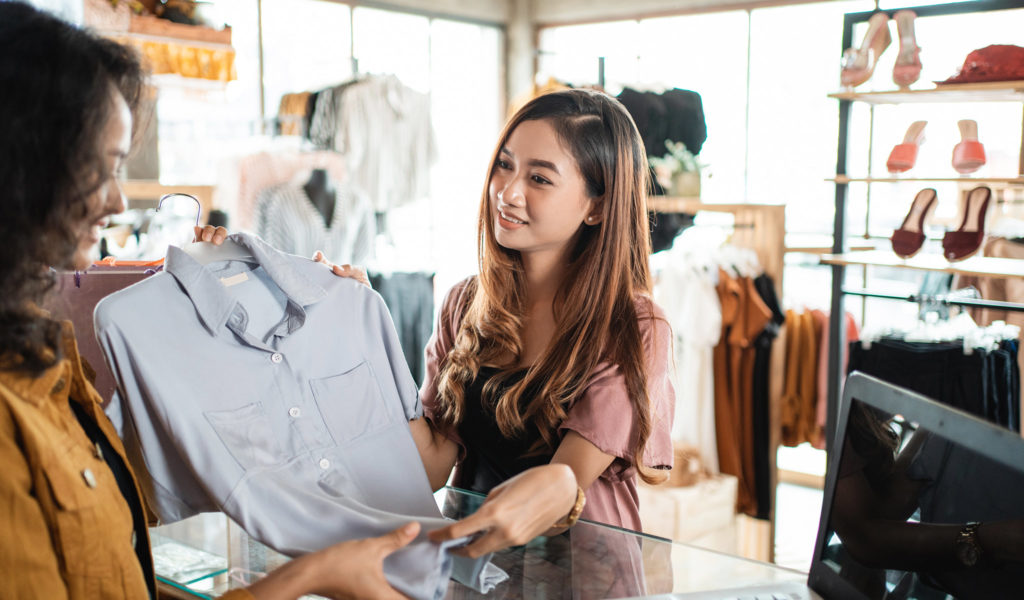As sustainability becomes an ever-greater concern for consumers and policymakers, businesses have been compelled to find ways of addressing their wider impact on the environment. This shift in behavior is encapsulated in the concept of Extended Producer Responsibility (EPR).
EPR aims to place increased responsibility on the original manufacturer of products in relation to environmental and social sustainability. This includes the entire value chain, from raw material extraction through to end-of-life disposal. The wider goals of such an approach help support a circular economy, whereby the material of a used product feeds back into the manufacture of new products, resulting in as close to zero waste as possible.
The notion of EPR differs from our conventional economic model – or linear economy – in which consumers are responsible for disposing of or recycling goods themselves. Here, the weight of responsibility often passes from the consumer onto the state and its municipal recycling services and waste disposal programs.
Clearly, this model has resulted in massive amounts of recyclable material ending up in landfill, even those products that can be easily recycled such as plastic. But there are swathes of mixed-material products too that are next to impossible for consumers to recycle, like electronic goods and clothing.
While much can be said about political and economic incentivization toward sustainable product design and the use of sustainable materials at the beginning of a product’s life cycle, our focus here is on what are called takeback programs, which focus on the end of a product’s life. Takeback programs are what happens when a business decides to resume responsibility for a product which has reached the end of its useful life, relieving the consumer or state of the burden of recycling or disposing of the product.
How Is EPR Going?
While EPR has been growing since the 1990s when the term was coined by Swedish academic Thomas Lindquist, the lack of incentivization has made its adoption relatively slow. Some businesses have taken the lead, however, often driven by ethics, a marketing strategy that seeks to bank consumer loyalty from environmental action, or a combination of the two.
But the wholesale implementation of EPR across industries has often failed because companies are not easily convinced of its cost effectiveness—a position seen as increasingly myopic by environmentalists, consumers, and even politicians. The longer view looks to “price-in” environmental costs, factoring in issues such as sustainable resource management, waste generation, and pollution—and EPR is one element of this more holistic approach to consumerism and economic growth.
There are, however, certain leading lights in of the EPR world, and here we look at a list of big businesses that are offering takeback schemes as a part of this strategy.
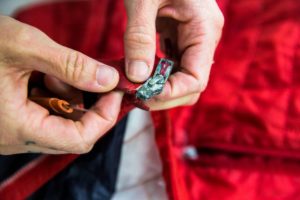
Source: wornwear.patagonia.com
Patagonia
Beloved adventure clothing brand Patagonia boasts one of the most genuine and thorough takeback programs in the garment industry. Aside from producing all of its clothing from sustainable materials, Patagonia offers free repairs to its already long-life products, and recycles or reuses 100% of their garments when they do reach end-of-life.
The brand’s industry-standard resale platform, Worn Wear, is an online market for quality used Patagonia clothing where you can get store credit for your old items. On top of all this, they also contribute 1% of all sales to grassroots environmental groups.
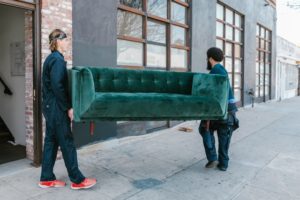
IKEA
The global furniture giant recently began rolling out a buyback scheme whereby used furniture in good condition can be returned for store credit for up to half its original value (differing from their traditional returns policy which requires a product is completely unused). With the company promising to use renewable, recyclable, or recycled materials in all its products from 2030, this is a welcome policy shift from a company seen by many as having contributed to throw-away culture via its affordable and not always durable products.
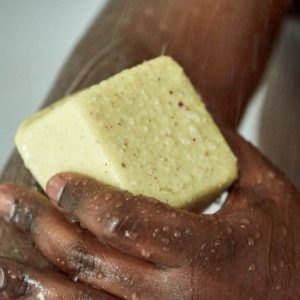
Source: lushusa.com
Lush
Beauty brand Lush is known for taking great strides toward reducing waste across its business. Lush reduces or gets rid of plastic packaging everywhere they safely can, and for those products that still require plastic packaging, they are now offering consumers incentives to return it in store.
For example, in the US you can bring in five empty plastic pots and receive a free face mask and, considering all the brand’s plastic is already 100% post-consumer recycled, this goes a long way towards a truly circular business model.
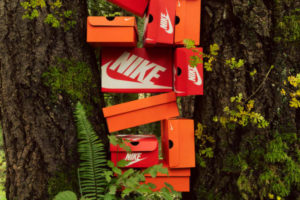
Source: nike.com
Nike
The Move To Zero initiative from Nike has been running for some time but has expanded lately to allow consumers to recycle their used sneakers at selected Nike stores. The used sneakers are then dissembled and recycled, along with unused manufacturing materials, to make up Nike Grind – a multi-functional material that is applied to everything from furniture to running tracks.
In 2021 Nike also announced that it would soon begin refurbishing your Nike sneakers so long as they are returned to them in under 60 days. Another big step towards reducing consumer waste.

Source: mudjeans.eu
MUD Jeans
MUD jeans start by using 40% recycled material in its jeans, the highest percentage we are aware of on the market right now, and it is aiming to reach 100% in the future. Additionally, the brand’s takeback program accepts any pair of jeans (96% cotton or more) and recycles them directly into their own products.
For your denim contribution you receive a 10% discount on your first pair of jeans from MUD. But the true originality of MUD’s approach to sustainability is their leasing program in which you pay $9.95 a month for a pair of jeans, and after a year you can either keep them or exchange them for a brand new pair. Meanwhile MUD recycle the old ones.
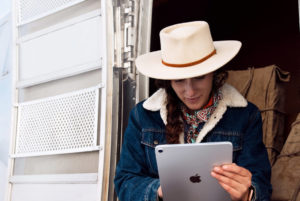
Source: support.apple.com
Apple
Though boasting a regularly updated product line which can make consumers feel like they are slipping behind the times, Apple has taken responsibility for the short lifecycle of their consumer electronics via a comprehensive trade-in and recycling program.
Old phones and laptops (e.g. as far back as an iPhone 6s) can be traded in for store credit. For anything older, Apple will undertake the recycling process for free on your behalf. Some models will be refurbished and sold on, thus reducing new purchases, and offering affordable alternatives to new buys, while older units will have their precious materials extracted and reused, reducing the need for more virgin raw materials to be extracted from the earth.
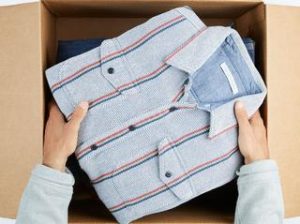
Source: outerknown.com
Outerknown
Kelly Slater is the face of clothing company Outerknown, and like the former surf champion the company’s credentials stand up against the very best. 90% of materials used are organic, recycled, or regenerated and a recent pledge for total circularity feels well within grasp.
Outerworn is the brand’s second-hand platform where customers can buy and sell preloved Outerknown garments for cut prices. Not only does this model help keep old clothes out of landfill, but it also vastly reduces the manufacture of new products.
In the shift toward a circular economy, it is crucial that consumers champion businesses that are finding ways of producing sustainable and durable products with consideration for end-of-life disposal, rather than finding novel ways of recycling old products that were unsustainable in the first place.
True extended producer responsibility takes stock of the entire value chain, and while takeback programs are an essential part of this, they are but one piece of the puzzle. For more information on EPR and how your business can reduce waste, contact our TRUE advisors today or visit the RTS blog.

